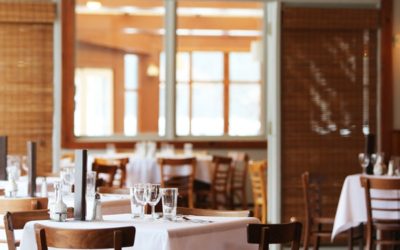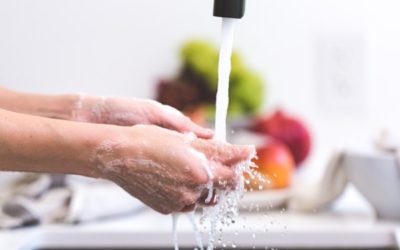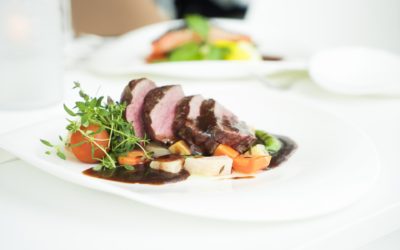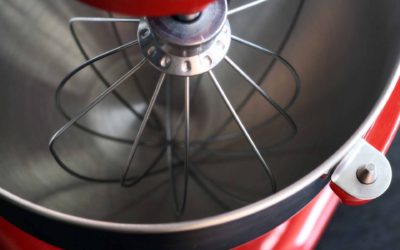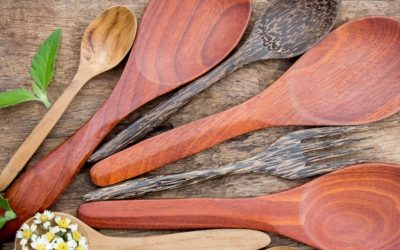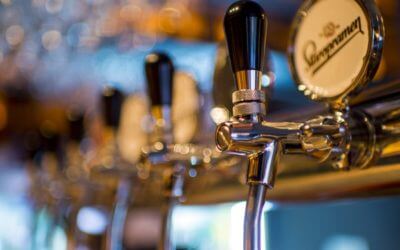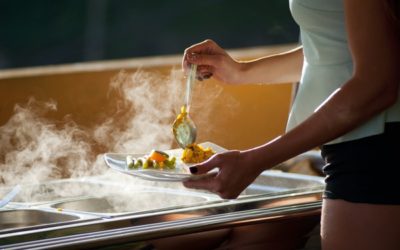How and Why to Make Your Restaurant Lead-Free
August 15, 2017If you own a restaurant, then you already know how important water is to your operations, and that poor water quality can adversely impact the success of your business. That is why you should ensure a restaurant lead-free environment.
Water is an integral part of all that’s done at a restaurant, because you wouldn’t be able to cook or wash dishes without it. In this regard, lead is one of the most serious contaminants that you want to look out for, and it’s vital that you aim towards a restaurant lead-free. But just how can this be done? By now, everybody should be aware of the dangers lead exposure poses to health. It was this concern that prompted the passage of U.S. Senate Bill No. S.3874 in 2011. S.3874 was passed to modify the Safe Drinking Water Act. The bill essentially changed the maximum amount of lead allowable in pipes, plumbing fittings, and fixtures to .25%.
Why make your restaurant lead-free
Lead is a toxic metal that can be damaging to health, and corroding pipes and plumbing fixtures are often a source of lead contamination in drinking water. Lead is especially harmful to children, and high levels have been linked to organ failure and neurological damage. That’s the reason why all businesses, and especially restaurants, must ensure that they are compliant with the lead-free requirements of S.3874.
You want your customers to be able to dine in a fun, comfortable atmosphere, but most of all, you also want them to be safe. Committing to providing restaurant lead-free pipes, plumbing fixtures, and faucets is a huge part of caring about the good health of your customers, and seeing to their safety.
How to make your restaurant lead-free
You can ensure that your restaurant is lead-free by having your water tested. It’s possible that the building in which your restaurant is located may contain old lead pipes that you’re not aware of, so it’s advisable to have your water tested. Since it is known that lead is harmful, you don’t want to take the chance that your customers may be exposed to it.
Making your restaurant lead-free may therefore mean having older water pipes and faucets replaced and updated. Pipes are the main avenue through which lead is likely to leach into the water you use at your restaurant. So make sure that all your pipes and faucets are lead-free – not only those in the kitchen, but those in the bar and restrooms as well. You want to make certain that your customers are not drinking or handling any polluted water.
As a restaurant owner, the safety of your customers is a top priority, so having lead in the water is not an option. You want customers to enjoy their meals, soak in the great atmosphere of the place, feel well and healthy, and continue to feel that way when they leave.
5 Keys to Creating the Perfect Restaurant Seating Areas
Restaurants are about so much more than just food. From the setting and layout of your restaurant to your choice of colors, it takes a lot more than an appealing menu to keep diners coming back for more. When setting up your restaurant, booths and chairs are important...
5 Essential Buying Tips for Your Next Food Prep Work Table
The right foodservice equipment is pivotal to the efficiency of your kitchen. One of the most important types of foodservice equipment for any kitchen is the work table. With limited room on countertops available for your food prep needs, the cooking process can drag...
Tips for Keeping Your Commercial Sink Sparkling Clean
Your commercial kitchen, just like your personal kitchen, must be kept clean at all times. With all of the cooking and food processing you do, it is inevitable that your sink gets messy. Cleaning up your commercial kitchen is incomplete without proper cleaning of your...
Food-Cutting Secrets to Beautiful Dishes
In the restaurant industry, presentation is often said to be just as important as the food itself. Using the right knowledge, skills and restaurant supplies, you can incorporate creativity into your presentation, making guests feel that they are getting something...
Top Space-Saving Tips for Commercial Kitchens
Top Space-Saving Tips for Commercial Kitchens Space is always an important consideration when setting up a kitchen, and this is even truer for commercial kitchens. With a strong focus on functionality and the kitchen supplies that meet the needs of your commercial...
5 Ways to Get the Most Out of Your Mixer
No one wants to eat off of dirty or tarnished silverware. A stand mixer is a highly useful piece of kitchen equipment to invest in. Although this type of kitchen equipment does not usually come cheap, it can last a lifetime when properly cared for. Despite all your...
Restaurant Prep Tool Selection Simplified
What’s a restaurant kitchen without high-quality prep tools that can withstand the pressure of frequent use? Whether you already have a restaurant you’re running, or you’re just planning to launch one, one vital factor that could make or mar your business is how you...
Beginner’s Guide to Choosing a Commercial Ice Cream Freezer
Ice cream is a delicious and appealing desert treat for everyone, young or old. Having made the decision to sell ice cream to your customers, whether you have a restaurant, convenience store, or specialty ice cream parlor, it is time to begin stocking up on the right...
How to Choose the Right Kitchen Scales for Your Restaurant
A food scale is an essential item in every restaurant’s store of kitchen supplies. Designed to take the guesswork out of food measurement and maintain consistent food serving sizes, food scales are indispensable kitchen supplies in the commercial kitchen. With such a...
Beer Chilling Systems: Which Type Is Right for My Restaurant?
A refrigeration unit is integral to the functioning of any restaurant. Beers are best served cold - there’s no questioning that! But which beer chilling system is the best? From reach-in coolers to glycol chillers, a beer chilling system is an important piece of...
What Equipment Will I Need to run a Food Truck?
There’s a lot of planning that goes into starting your own food truck business. Before you hit the road with your delicious food offerings, you’ll need to fill up your truck with all the right foodservice equipment. Considering the lengthy list of possible items to be...
8 Types of Food Thermometers: What You Need To Know
Food thermometers are essential restaurant supplies for your commercial kitchen. They ensure that foods prepared in your commercial kitchen are cooked to the right temperature and held at that temperature for as long as necessary to kill any harmful bacteria. This...
How to Identify the Best Food Processor for Your Needs
Highly versatile and extremely efficient, food processors are designed to take away the hard work from repetitive kitchen activities. This type of cooking equipment can quickly become an invaluable tool in your kitchen. From chopping, to shredding, grinding, mincing,...
6 Keys to Choosing the Best Chafing Dishes for Your Restaurant
The chafing dish, also known as the chafer, is an essential piece of restaurant equipment for any establishment that wants to keep food hot. This type of restaurant equipment gets its name from the French word, chauffer, which means to heat, and it’s easy to see why....
Turning up the Dial on Commercial Fryers: How to Choose One for Your Restaurant
Fried food is a well-loved favorite. This is a fact. It also makes a fryer an important piece of equipment to have in your commercial kitchen. Just consider how many appetizers and sides require frying: onion rings, French fries, and fried green tomatoes are just a...

